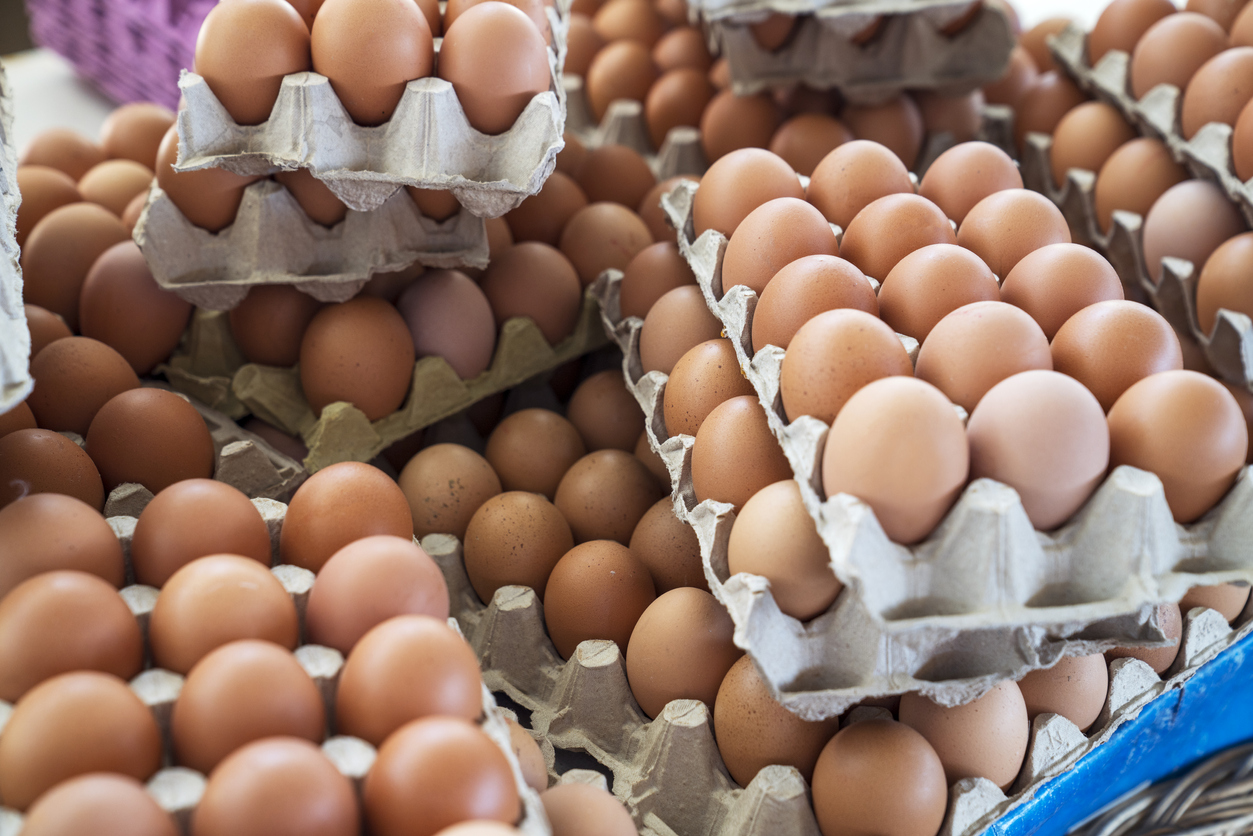Do you love clotted cream on your scones? It’s one of the more classic British delicacies, but very few people know how it’s actually made. This creamy delight requires plenty of patience to create, but it’s well worth the wait for that special mixture.
Where did clotted cream originate?
Originally, this delicacy was made by farmers trying to prevent their milk from spoiling. They discovered that if they heated the milk, they could skim off the thickened mixture and discard the whey. The clotted cream lasted far longer than plain milk and was a good way for dairy farms to keep their dairy from spoiling, long before refrigeration existed.
Both Cornwall and Devon claim clotted cream as their own, but the process is the same regardless of where it’s made.
How Clotted Cream is Made
The base of this condiment is, obviously, heavy cream. This is gently heated for a long period of time, usually around 12 hours. The heat is kept low, so the cream doesn’t actually cook, but the fat separates and floats to the top. This is then skimmed off, leaving the whey behind. Since the fat has separated and left the liquids behind, you now have a very thick, super creamy mixture.
After skimming, the cream is left out to cool for several hours before being refrigerated. This allows it to firm up and a good clotted cream is often very thick, but melts on your tongue.
One of the biggest benefits of cream being treated this way is that it lasts for some time. You can even find it shipped around the world, though some countries have banned the delicious treat.
How to Use Clotted Cream
You may be most familiar with using the cream atop a scone, along with jam. However, there are a number of other ways to use it.
Add some clotted cream to a dish of berries and enjoy the incredible flavour as a light snack or dessert. It can also be spread on a heavy pound cake or used to top biscuits. It’s equally good on toast, particularly with a drizzle of golden syrup or chocolate syrup. You may prefer it with savoury, adding some beans for a unique take on beans on toast.
Often, you can replace the cream cheese in uncooked recipes with clotted cream, such as in stuffed peppers or chocolate truffles, etc. Since it has no added sweeteners or flavours, the cream can be used in both sweet and savoury dishes.
Clotted cream is a great addition to many of your dishes. If you’re looking for a reliable supplier for it, Freshways has what you need. Contact us today to learn more.


